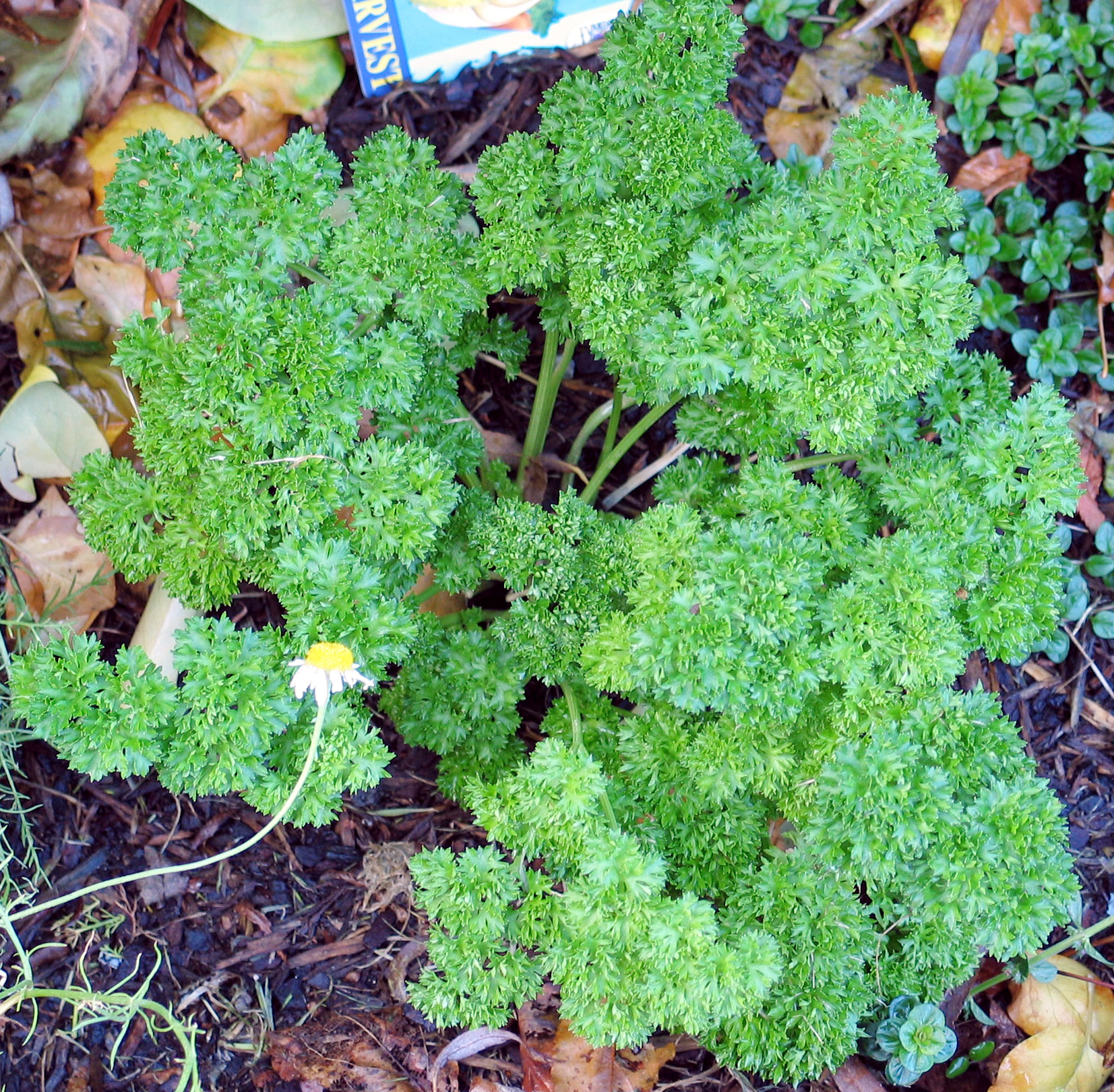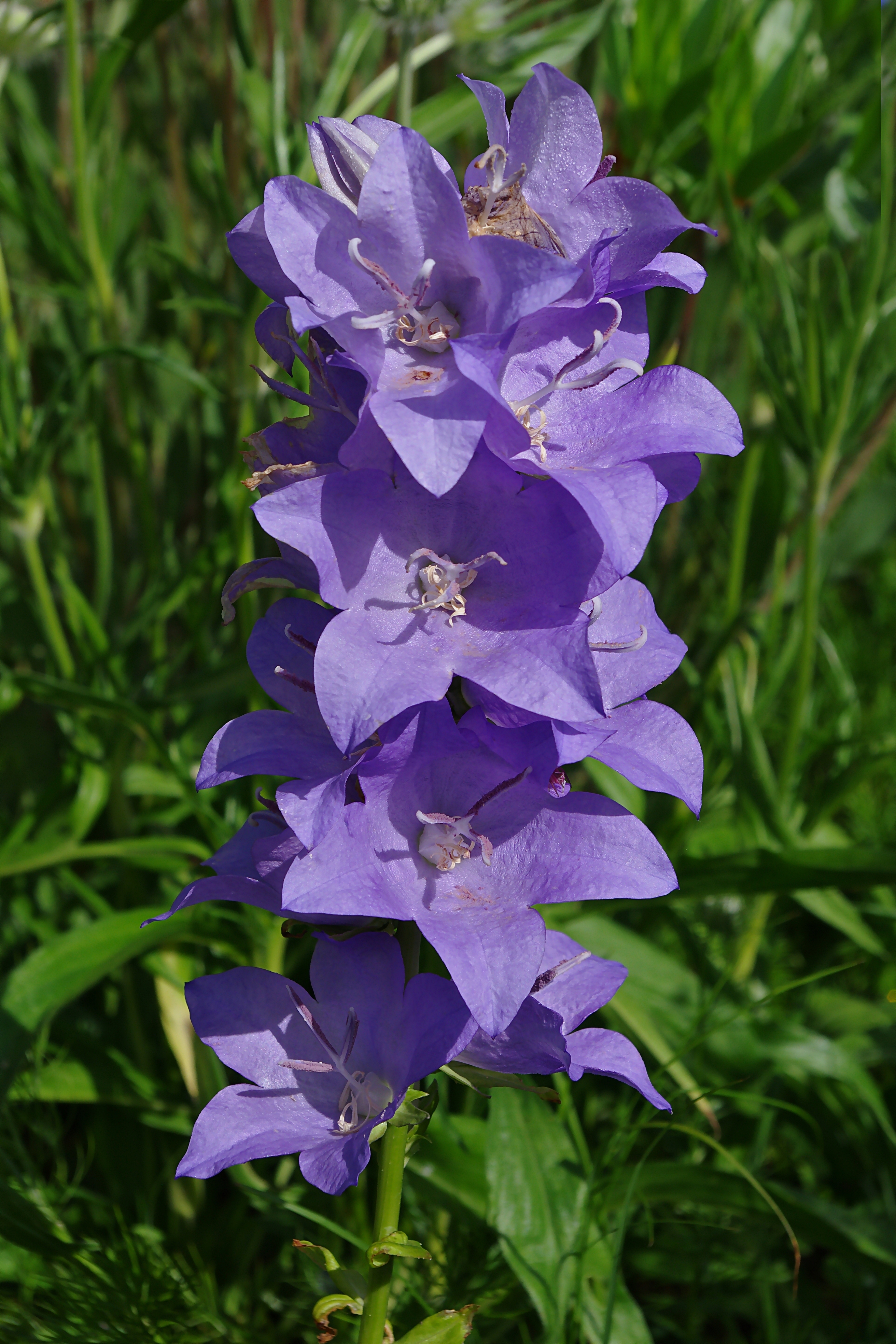|
Campanula Spicata
''Campanula spicata'', common name the spiked bellflower, is a herbaceous biennial or perennial plant of the genus ''Campanula ''Campanula'' () is one of several genera of flowering plants in the family Campanulaceae commonly known as bellflowers. They take both their common and scientific names from the bell-shaped flowers — ''campanula'' is Latin for "little bell" ...'' belonging to the family Campanulaceae. Etymology The genus Latin name (“campanula”), meaning small bell, refers to the bell-shape of the flower, while the specific epithet (“spicata”) refers to the spike-shaped inflorescence. Description ''Campanula spicata'' has its overwintering buds situated just below the soil surface ( hemicryptophyte) and a stalk growing directly from the ground ( scapose). This plant reaches on average in height. The stem is erect, striate and hairy, the basal leaves are petiolated, narrowly lanceolate, with toothed and wavy margins, the cauline leaves are smaller, a ... [...More Info...] [...Related Items...] OR: [Wikipedia] [Google] [Baidu] |
Carl Linnaeus
Carl Linnaeus (; 23 May 1707 – 10 January 1778), also known after his ennoblement in 1761 as Carl von Linné Blunt (2004), p. 171. (), was a Swedish botanist, zoologist, taxonomist, and physician who formalised binomial nomenclature, the modern system of naming organisms. He is known as the "father of modern taxonomy". Many of his writings were in Latin; his name is rendered in Latin as and, after his 1761 ennoblement, as . Linnaeus was born in Råshult, the countryside of Småland, in southern Sweden. He received most of his higher education at Uppsala University and began giving lectures in botany there in 1730. He lived abroad between 1735 and 1738, where he studied and also published the first edition of his ' in the Netherlands. He then returned to Sweden where he became professor of medicine and botany at Uppsala. In the 1740s, he was sent on several journeys through Sweden to find and classify plants and animals. In the 1750s and 1760s, he continued to collect an ... [...More Info...] [...Related Items...] OR: [Wikipedia] [Google] [Baidu] |
Herbaceous
Herbaceous plants are vascular plants that have no persistent woody stems above ground. This broad category of plants includes many perennials, and nearly all annuals and biennials. Definitions of "herb" and "herbaceous" The fourth edition of the ''Shorter Oxford English Dictionary'' defines "herb" as: #"A plant whose stem does not become woody and persistent (as in a tree or shrub) but remains soft and succulent, and dies (completely or down to the root) after flowering"; #"A (freq. aromatic) plant used for flavouring or scent, in medicine, etc.". (See: Herb) The same dictionary defines "herbaceous" as: #"Of the nature of a herb; esp. not forming a woody stem but dying down to the root each year"; #"BOTANY Resembling a leaf in colour or texture. Opp. scarious". Botanical sources differ from each other on the definition of "herb". For instance, the Hunt Institute for Botanical Documentation includes the condition "when persisting over more than one growing season, the parts of ... [...More Info...] [...Related Items...] OR: [Wikipedia] [Google] [Baidu] |
Biennial Plant
A biennial plant is a flowering plant that, generally in a temperate climate, takes two years to complete its biological life cycle. Life cycle In its first year, the biennal plant undergoes primary growth, during which its vegetative structures (leaves, stems, and roots) develop. Usually, the stem of the plant remains short and the leaves are low to the ground, forming a rosette. After one year's growing season, the plant enters a period of dormancy for the colder months. Many biennials require a cold treatment, or vernalization, before they will flower. During the next spring or summer, the stem of the biennial plant elongates greatly, or "bolts". The plant then flowers, producing fruits and seeds before it finally dies. There are far fewer biennials than either perennial plants or annual plants. Biennials do not always follow a strict two-year life cycle and the majority of plants in the wild can take 3 or more years to fully mature. Rosette leaf size has been found to pre ... [...More Info...] [...Related Items...] OR: [Wikipedia] [Google] [Baidu] |
Perennial
A perennial plant or simply perennial is a plant that lives more than two years. The term ('' per-'' + '' -ennial'', "through the years") is often used to differentiate a plant from shorter-lived annuals and biennials. The term is also widely used to distinguish plants with little or no woody growth (secondary growth in girth) from trees and shrubs, which are also technically perennials. Perennialsespecially small flowering plantsthat grow and bloom over the spring and summer, die back every autumn and winter, and then return in the spring from their rootstock or other overwintering structure, are known as herbaceous perennials. However, depending on the rigours of local climate (temperature, moisture, organic content in the soil, microorganisms), a plant that is a perennial in its native habitat, or in a milder garden, may be treated by a gardener as an annual and planted out every year, from seed, from cuttings, or from divisions. Tomato vines, for example, live several ye ... [...More Info...] [...Related Items...] OR: [Wikipedia] [Google] [Baidu] |
Campanula
''Campanula'' () is one of several genera of flowering plants in the family Campanulaceae commonly known as bellflowers. They take both their common and scientific names from the bell-shaped flowers — ''campanula'' is Latin for "little bell". The genus includes over 500 species and several subspecies, distributed across the temperate and subtropical regions of the Northern Hemisphere, with the highest diversity in the Mediterranean region east to the Caucasus. The range also extends into mountains in tropical regions of Asia and Africa. The species include annual, biennial and perennial plants, and vary in habit from dwarf arctic and alpine species under 5 cm high, to large temperate grassland and woodland species growing to tall. Description upright=1.35, thumbThe leaves are alternate and often vary in shape on a single plant, with larger, broader leaves at the base of the stem and smaller, narrower leaves higher up; the leaf margin may be either entire or serrat ... [...More Info...] [...Related Items...] OR: [Wikipedia] [Google] [Baidu] |
Campanulaceae
The family Campanulaceae (also bellflower family), of the order Asterales, contains nearly 2400 species in 84 genera of herbaceous plants, shrubs, and rarely small trees, often with milky sap. Among them are several familiar garden plants belonging to the genera '' Campanula'' (bellflower), ''Lobelia'', and ''Platycodon'' (balloonflower). ''Campanula rapunculus'' (rampion or r. bellflower) and ''Codonopsis lanceolata'' are eaten as vegetables. ''Lobelia inflata'' (indian tobacco), '' L. siphilitica'' and '' L. tupa'' (devil's tobacco) and others have been used as medicinal plants. ''Campanula rapunculoides'' (creeping bellflower) may be a troublesome weed, particularly in gardens, while ''Legousia'' spp. may occur in arable fields. Most current classifications include the segregate family Lobeliaceae in Campanulaceae as subfamily Lobelioideae. A third subfamily, Cyphioideae, includes the genus ''Cyphia'', and sometimes also the genera ''Cyphocarpus'', ''Nemacladus'', ''Parishell ... [...More Info...] [...Related Items...] OR: [Wikipedia] [Google] [Baidu] |
Campanulaceae - Campanula Spicata-4
The family Campanulaceae (also bellflower family), of the order Asterales, contains nearly 2400 species in 84 genera of herbaceous plants, shrubs, and rarely small trees, often with milky sap. Among them are several familiar garden plants belonging to the genera ''Campanula'' (bellflower), '' Lobelia'', and ''Platycodon'' (balloonflower). '' Campanula rapunculus'' (rampion or r. bellflower) and ''Codonopsis lanceolata'' are eaten as vegetables. '' Lobelia inflata'' (indian tobacco), '' L. siphilitica'' and '' L. tupa'' (devil's tobacco) and others have been used as medicinal plants. ''Campanula rapunculoides'' (creeping bellflower) may be a troublesome weed, particularly in gardens, while ''Legousia'' spp. may occur in arable fields. Most current classifications include the segregate family Lobeliaceae in Campanulaceae as subfamily Lobelioideae. A third subfamily, Cyphioideae, includes the genus ''Cyphia'', and sometimes also the genera ''Cyphocarpus'', ''Nemacladus'', ''P ... [...More Info...] [...Related Items...] OR: [Wikipedia] [Google] [Baidu] |
Raunkiær Plant Life-form
The Raunkiær system is a system for categorizing plants using life-form categories, devised by Danish botanist Christen C. Raunkiær and later extended by various authors. History It was first proposed in a talk to the ''Danish Botanical Society'' in 1904 as can be inferred from the printed discussion of that talk, but not the talk itself, nor its title. The journal, Botanisk Tidsskrift, published brief comments on the talk by M.P. Porsild, with replies by Raunkiær. A fuller account appeared in French the following year. Raunkiær elaborated further on the system and published this in Danish in 1907.Ch. 2 in Raunkiær (1934): The life-forms of plants and their bearings on geography, p. 2-104. The original note and the 1907 paper were much later translated to English and published with Raunkiær's collected works.Ch. 1 in Raunkiær (1934): Biological types with reference to the adaption of plants to survive the unfavourable season, p. 1. Modernization Raunkiær's life-form sc ... [...More Info...] [...Related Items...] OR: [Wikipedia] [Google] [Baidu] |
Glossary Of Botanical Terms
This glossary of botanical terms is a list of definitions of terms and concepts relevant to botany and plants in general. Terms of plant morphology are included here as well as at the more specific Glossary of plant morphology and Glossary of leaf morphology. For other related terms, see Glossary of phytopathology, Glossary of lichen terms, and List of Latin and Greek words commonly used in systematic names. A B ... [...More Info...] [...Related Items...] OR: [Wikipedia] [Google] [Baidu] |
Plants Described In 1753
Plants are predominantly photosynthetic eukaryotes of the kingdom Plantae. Historically, the plant kingdom encompassed all living things that were not animals, and included algae and fungi; however, all current definitions of Plantae exclude the fungi and some algae, as well as the prokaryotes (the archaea and bacteria). By one definition, plants form the clade Viridiplantae (Latin name for "green plants") which is sister of the Glaucophyta, and consists of the green algae and Embryophyta (land plants). The latter includes the flowering plants, conifers and other gymnosperms, ferns and their allies, hornworts, liverworts, and mosses. Most plants are multicellular organisms. Green plants obtain most of their energy from sunlight via photosynthesis by primary chloroplasts that are derived from endosymbiosis with cyanobacteria. Their chloroplasts contain chlorophylls a and b, which gives them their green color. Some plants are parasitic or mycotrophic and have lost the ... [...More Info...] [...Related Items...] OR: [Wikipedia] [Google] [Baidu] |






